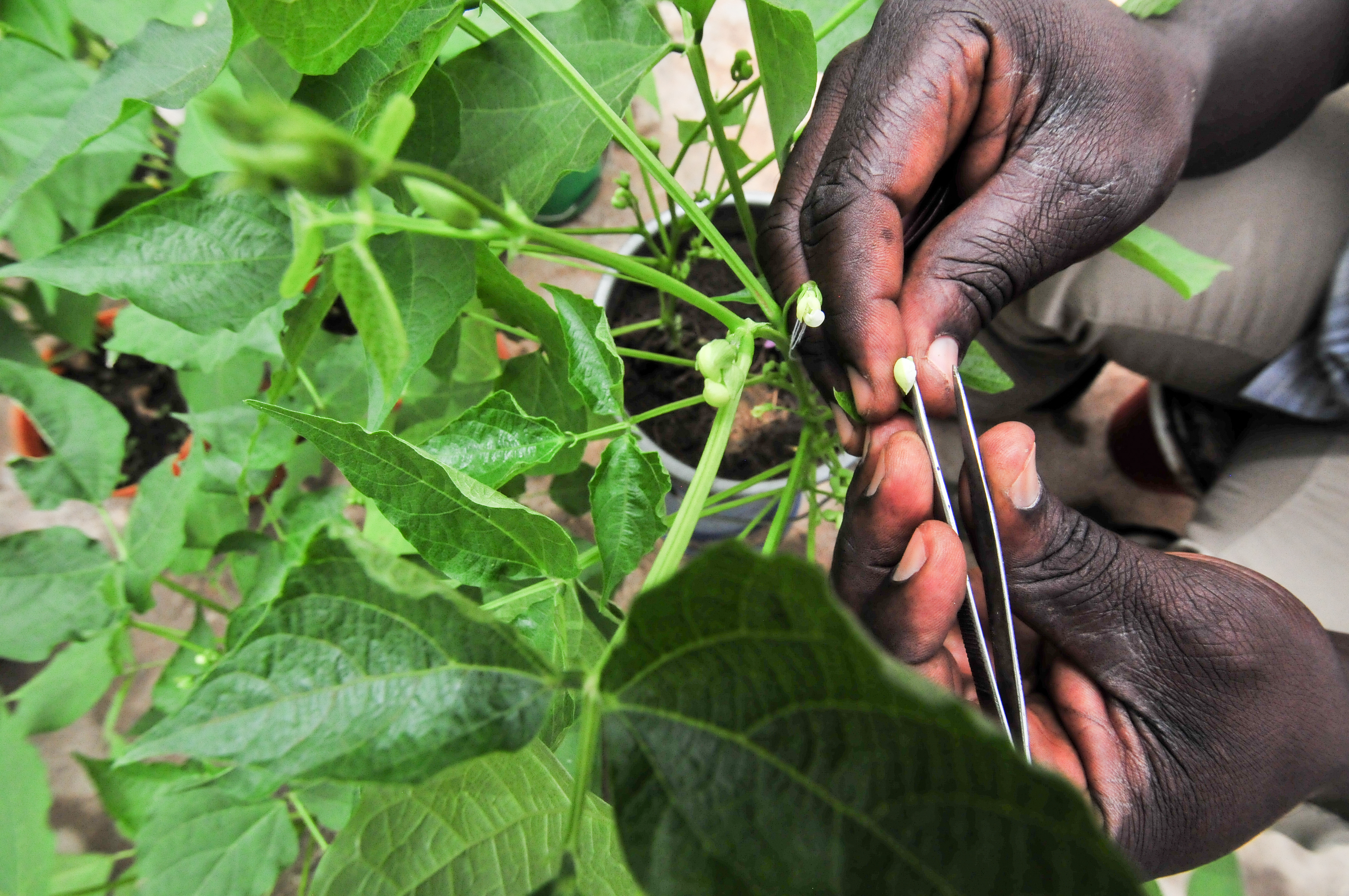Good progress has been made in the first 12 months of an innovative project linking The UWA Institute of Agriculture researchers and east African partners to breed new, fast-cooking common bean (Phaseolus spp) varieties biofortified with iron and zinc. This Australian Centre for International Agricultural Research (ACIAR)-funded project is a partnership between east African bean breeding programs and supported on the ground by the Alliance of Bioversity International and International Centre for Tropical Agriculture (CIAT) through the Pan Africa Bean Research Alliance (PABRA).
UWA Research Associate Dr. Saradadevi said the aim of the study was to shorten the cooking time and increase the iron and zinc content of African beans through breeding. Successfully breeding and popularising the new varieties through partner countries in East Africa will have significant and long-term benefits for the health and wellbeing of African women and children. “Dry beans (Phaseolus vulgaris L.) are an important staple food in Africa and help to alleviate malnutrition and anaemia due to their protein, iron, and zinc content,” Dr. Saradadevi said. “However, dietary intake of beans is limited by their typically long cooking time, which demands more fuel and therefore greater expense than cooking less nutritious grains.
African project leader Dr Clare Mukankusi from the Alliance Bioversity International[1]CIAT and PABRA in Uganda highlighted the importance of rapid cooking and biofortified beans. “The team has developed a suite of activities for rapid and successful plant breeding, which we call BRÍO, and we are training our African partners in this approach.”
“African women and children are exposed to greater health hazards due to smoke inhalation while cooking beans, and higher personal health and safety risks while collecting firewood or charcoal not mentioning the hazards of deforestation to supply wood as the most affordable source of energy,” Dr. Mukankusi said. In the first year of the project in 2020, researchers selected parents for cross[1]breeding based on four years of field and laboratory data for grain yield, cooking time, iron, and zinc in 358 varieties of African dry beans. Each variety was then ‘fingerprinted’ for thousands of single nucleotide polymorphisms molecular markers.
Australian project leader, UWA Professor Wallace Cowling, is developing new genomic selection and breeding methods for bean breeding based on collaboration with animal genetics and breeding experts at the University of New England, Australia. “We implemented an optimum mating design for crossing, which predicted that the cross progeny should have eight percent faster cooking time, eight percent higher iron, and four percent higher zinc content than the founder parents,” Professor Cowling said. Dr Saradadevi said their African colleagues were now testing the first cycle progeny for cooking time and iron/zinc content in the laboratory, and for agronomic properties in the field in the six partners’ research stations. In lieu of face-to-face meetings due to the pandemic, the project team at UWA introduced online training programs for breeders, and more exchanges were done by video conference.
Jean Claude Rubyogo, Director of PABRA and Bean Programme Leader in Alliance Bioversity International-CIAT, said project partners were very keen to learn the new BRÍO method of breeding and to release rapid-cooking biofortified bean varieties to meet growing market demand. Partner institutions in Africa include the National Agricultural Research Organisation (NARO), Uganda), Tanzania Agricultural Research Institute (TARI), Kenya Agricultural and Livestock Research Organisation (KALRO), Institut Des Sciences Agronomiques Du Burundi (ISABU), Ethiopian Institute of Agricultural Research (EIAR) and Rwanda Agriculture and Animal Resources Development Board (RAB).
What does BRIO mean in the project:
B – Breeding values accurately predicted from analysis of phenotypic and genomic and/or pedigree relationship data accumulated over cycles
R – Rapid cycles of recurrent selection
Í – Index selection on breeding values for traits, weighted for economic value
O- Optimised mating designs for sustainable and superior genetic gain
This article was first published in the University of West Australia Institute of Agriculture Newsletter – April Edition

